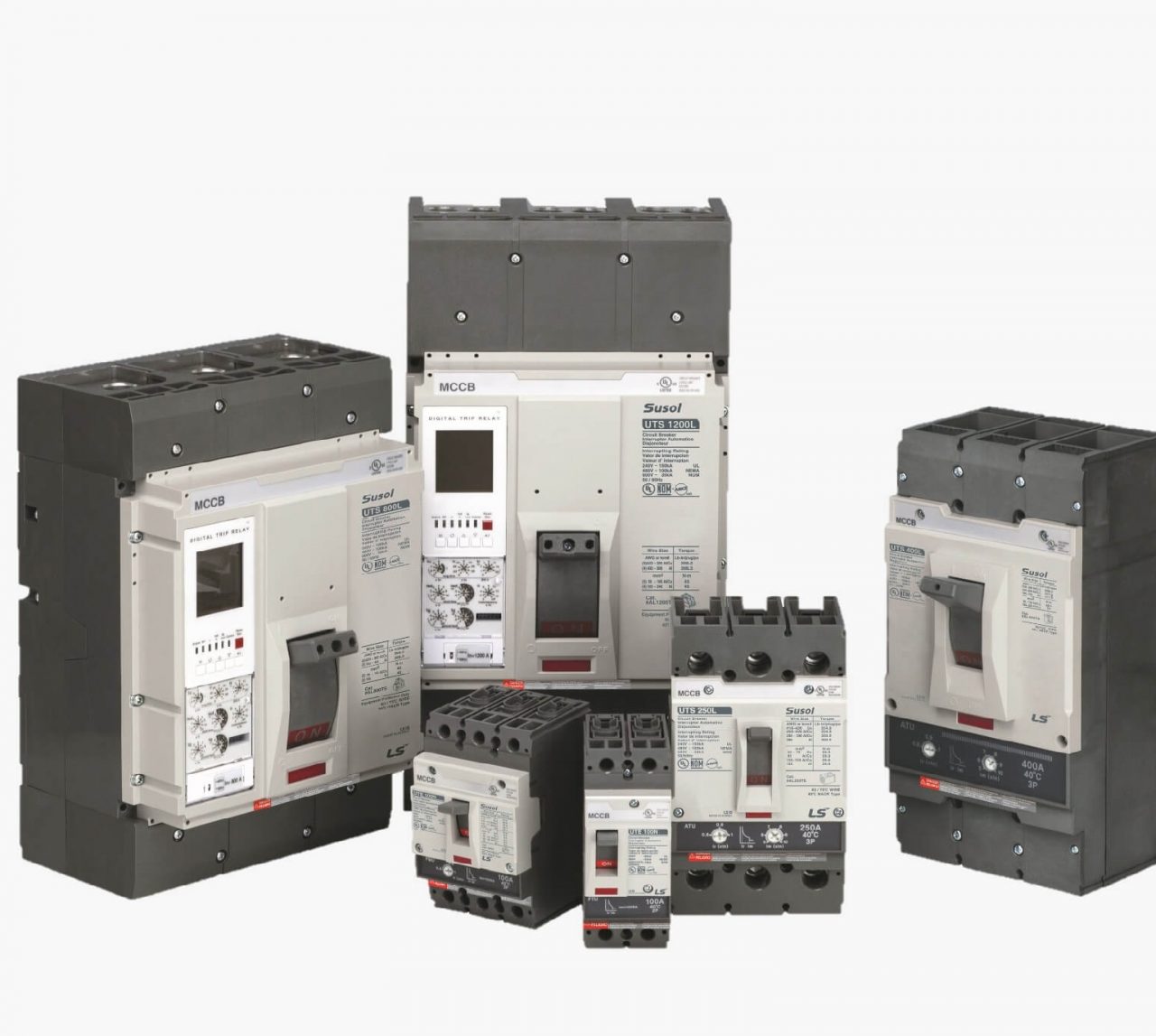In order for thermal magnetic switches to provide correct protection, first of all, the right product must be selected according to the application. For this, it is necessary to understand and apply the circuit characteristics of circuit breakers well. Details and things to know about thermal magnetic switches are explained in detail in IEC 60947-2 standard. Generally, short-circuit currents are mentioned in MCCB selections, but this value alone is not enough for the right product selection. Now let’s look at the important parameters together.
Icu Ultimate Cutting Capacity
This value has been determined by the manufacturer and is the maximum short-circuit value that the circuit breaker can break twice (in the form of O-t-CO sequence) at the operating voltage. The circuit breaker is not expected to carry the final current after switching operations. This value is given as RMS, that is, the effective value.
Ics Operating Short Circuit Capacity
It is the maximum short-circuit value that the thermal magnetic switch can cut three times in a row (in the form of O-t-CO-t-CO sequence) at the declared operating voltage. This value is given as a percentage of the Icu value we just mentioned above. This value is also one of the important values that show the resistance of the product against impacts. In LSIS Thermal Magnetic Switches, this value is Ics=100% Icu. This value, which is 25% in many brands, shows the durability of LSIS MCCB products.
Icw Short Time Withstand Current
Icw is the short-circuit current that the MCCB withstands without being damaged, under test conditions in accordance with the standards within the time specified by the manufacturer. This value is the effective value, depending on the usage category of the thermal magnetic switch, this value may or may not be found in the product.
Circuit Breakers Usage Categories
Thermal magnetic switches are in 2 classes according to their usage categories. This classification is determined in the IEC 60947-2 standard. According to this;
Category A:
They are products that are not intended to operate on the basis of selectivity in accordance with short-circuit conditions, depending on other short-circuit protective devices in series on the load side. These products are timeless. There is no short-time withstand current (Icw) value.
Category B:
They are products that are intended to operate on the basis of selectivity in accordance with short-circuit conditions, depending on other short-circuit protective devices in series on the load side. These products are desired short time delay (adjustable) circuit breakers. The short-time withstand current (Icw) value is found.




